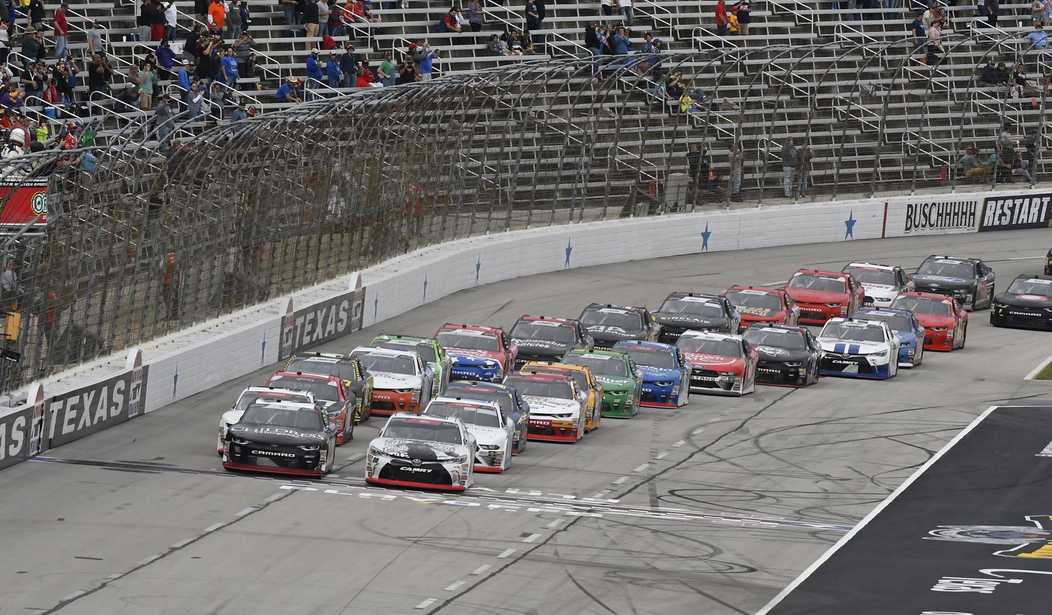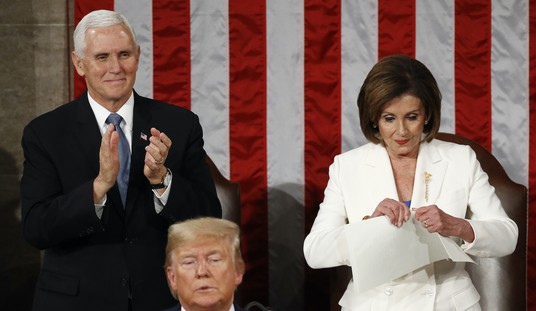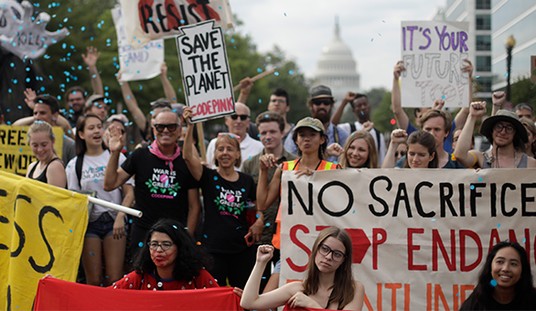NASCAR officially unveiled its NextGen car Wednesday, each of the three manufacturers dutifully trotting out its respective model and spinning off all the usual corporate and sponsor-friendly talk about how much better this will make the actual racing element of stock car racing. Which if memory serves right is the idea.
The car primarily, at least externally, differs from the current vehicle in that its design and configuration now bear more than a passing (no pun intended) resemblance to the actual car upon which it is patterned. This is of great advantage to Chevrolet and Ford, as each has a production sports car upon which to base its respective entry, namely the Camaro and Mustang. Toyota doesn’t quite have the same cache from which to draw, but it does its best to convince one and all that the Camry is Clark Kent hiding a 180 MPH Superman. There are also a slew of technical and design feature differences, all aimed at … well … making better the actual racing element of stock car racing.
NASCAR is heavily banking on the NextGen car to revive its fortunes, which have been severely flagging as of late. Even with factoring in COVID-dictated attendance restrictions, the number of fans in the stands has been steadily shrinking the past few years. Television ratings have seen a similar dip. The reasons are varied: not enough quality racing, the departure over the past few seasons of the sport’s biggest drivers — Dale Earnhardt Jr., Jeff Gordon, Tony Stewart, and Carl Edwards to name but a few. Except for Chase Elliott, son of wildly popular Bill Elliott who raced for four decades, last running in 2012, the new crop of drivers have neither individually nor collectively captured the public’s fancy. That”s a problem.
NASCAR also shot itself in the foot well before last year’s Bubba Wallace Jr. phantom noose incident by foolishly alienating its base audience via chasing pop culture relevancy in the 2000s and 2010s. A prime example is how it threw its wholehearted support behind Will Ferrell’s mocking Talladega Nights while ignoring Pixar’s far superior, sympathetic Cars.
That all said, can NASCAR reverse course? And no, by that I don’t mean starting to turn right instead of left all the time. There are ways to go about it:
- Find some drivers with a personality. Right now the sport is overloaded with pretty boy pipsqueaks who are skilled drivers, smooth corporate sponsor salesmen, and about as interesting as a Joe Biden speech minus the malapropistic mumblings. Start actively recruiting people who are actual people; car guys (and gals for that matter) with grease under their fingernails and a strong aversion to political correctness. We need character. And some characters.
- Insult thy fanbase not. Yes, NASCAR, the majority of your fanbase is in the South. You know, God, guns, and guts country? Accept it. Embrace it. Don’t belittle or demean it. Yes, a case can be made that banning the Confederate flag last year was the right thing to do. But stop right there.
- Hope the new car delivers. This is going to be the greatest challenge. You cannot artificially guarantee every race will feature multiple lead changes and hard-charging actions from green flag to checkered flag. You can do your best, though. Also, run as many short (under a mile in length) tracks and road courses as possible. These are the arenas in which stock cars put on the best show. Seize the opportunity.
Whether NASCAR can recapture its former popularity remains to be seen. The NextGen car, if it delivers as it is promising to do, will help by making the actual product better. However, this is only part of the equation. NASCAR needs to remember, and vigorously promote, that which made it the people’s sport; the bond and belief that a fan in the stands could somehow be right out there on the track with their car, dueling NASCAR’s stars for the win. This is what makes NASCAR what it is at its best. There is no other course to take.













Join the conversation as a VIP Member